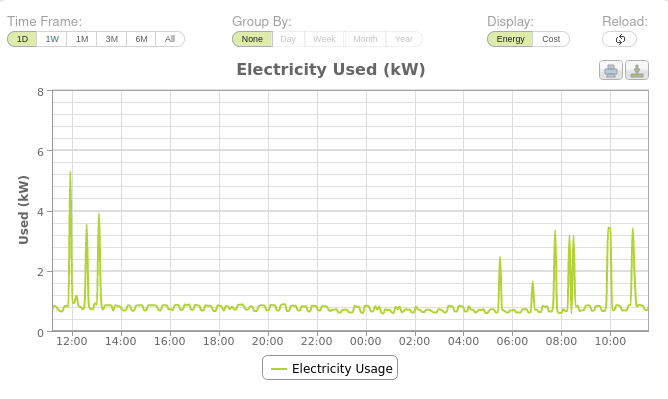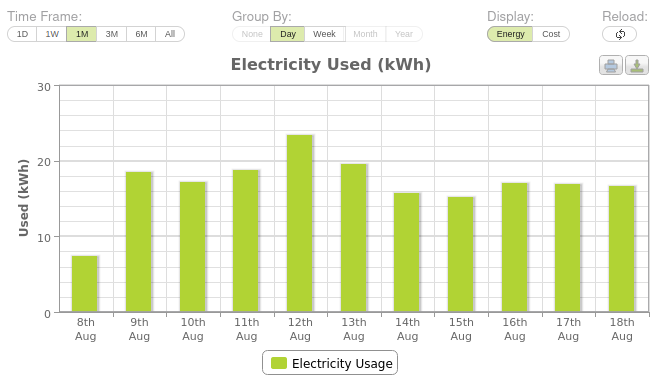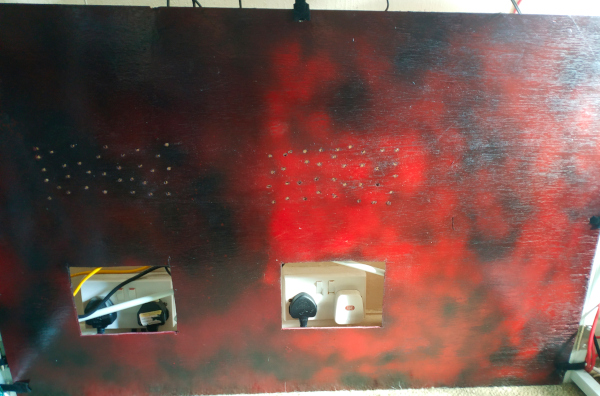The are various solutions on the market for monitoring power usage, ranging from smart meters with in-home displays (IHDs), to clamp meters linked to similar displays.
What the majority have in common, though, is a lack in granularity.
They'll commonly show you how much you've used so far today and how much you used (all day) yesterday (and maybe this week).
But, they often lack the ability to drill down further than that. This denies the user the ability to dentify why usage is high (does it jump at a certain time of day, or does it grow almost linearly through the day?).
Smart Meters
The widely touted claim that smart meters enable us to reduce consumption is itself questionable:
- the supposed benefits don't come from the meter, but from the IHD. You can have a working IHD without the need for a Smart Meter
- However you monitor your usage, there really is a limit to how much you can reduce it
But, even ignoring this, the real issue is that they don't expose the data in a way that allows you to best act upon it. Instead you're left turning stuff on and seeing how much the IHD's reading jumps.
Cloud Solutions
There are a variety of Cloud based solutions to choose from, but after reading around, I decided to order a cloud-linked clamp meter from the Owl Intuition-e series:

The key selling point to me was that it can be told to also send usage updates to a specific local IP - so even if the cloud service proved not to be up to scratch, I figured I could probably implement something.
Despite the (relative) triviality of making a good interrogable system, the Owl Intuition cloud interface turned out to be pretty limited - it does let you drill down over the last week, but beyond that you can only view per-day stats.


This is better than your average IHD, but still really limits your ability to investigate usage (if you get a large bill, you probably want to be able to dig into at least the last month with reasonable granularity).
There is an Android app... but it's horrifically limited, you can view current usage and that's it (so no pretty graphs). Barely worth the effort of installing really.
The service also lacks the ability to do things like monitor specific plug outlets (as far as I've been able to find, OWL don't sell any smart plugs that interact with Intuition) and/or generate alerts based on usage.
So, it very clearly was time to build my own.
Read more…















